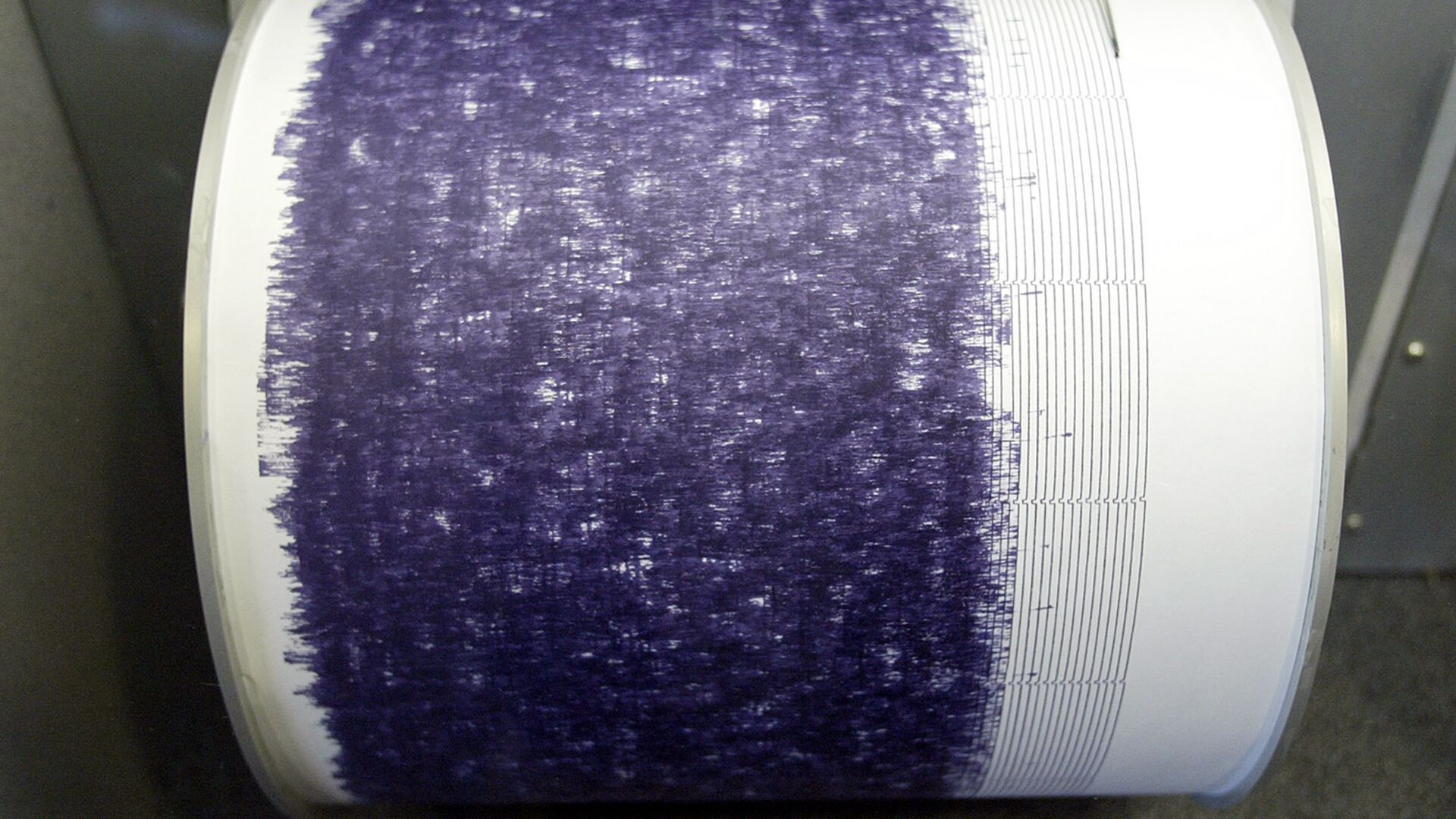https://sputnikglobe.com/20221110/indian-scientists-warn-of-major-earthquake-possibility-in-himalayan-region-1103963286.html
Indian Scientists Warn of Possibility of Major Earthquake in Himalayan Region
Indian Scientists Warn of Possibility of Major Earthquake in Himalayan Region
Sputnik International
On Wednesday, six people died, and several others were injured after three earthquakes measuring 5.7, 4.1, and 6.6 on the Richter scale rocked far-west regions... 10.11.2022, Sputnik International
2022-11-10T09:17+0000
2022-11-10T09:17+0000
2023-04-21T10:42+0000
india
earthquake
calamity
science & tech
https://cdn1.img.sputnikglobe.com/img/101750/68/1017506854_0:260:2001:1385_1920x0_80_0_0_427a8ca30ed066dd957212eabdf2a417.jpg
Indian scientists have warned of a strong possibility of a major earthquake in the Himalayan region.Calling for the need for better preventive measures, Ajay Paul, senior geophysicist of Wadia Institute of Himalayan Geology, said that future quakes might be of medium or heavy intensity of around 7.0 magnitude or more. They said it might cause massive damage to life and property.Paul told Indian media that the quakes were caused by the constant pressure of the Eurasian plate on the Indian plate leading to strained seismic energy accumulating underneath which is occasionally released.However, Paul, said the release of strained energy cannot be predicted.Another senior geophysicist Naresh Kumar at the Wadia Institute of Himalayan Geology said that the state of Uttarakhand, in northern India, has been placed in seismic zone IV and V because of its vulnerability to earthquakes.From making people aware of how to prepare for the quake to conducting annual mock drills in quake-prone regions and having earthquake-resistant buildings on the hills, experts say that there are several important measures through which one can deal with the calamity in better ways and can minimize the damage to life and property by 99.99 percent.Paul cited the example of Japan which has been frequently hit by medium-intensity quakes. But because of its better preparedness, the country does not suffer much damage to life and property, he stated.Several major quakes were recorded in the Himalayan region over the past 150 years, including the ones in Shillong in 1897, Kangra in 1905, Bihar-Nepal in 1934, Assam in 1950, Uttarkashi in 1991, Chamoli in 1999, and Nepal in 2015.
Sputnik International
feedback@sputniknews.com
+74956456601
MIA „Rossiya Segodnya“
2022
Sangeeta Yadav
https://cdn1.img.sputnikglobe.com/img/07e4/08/1b/1080292803_0:121:960:1081_100x100_80_0_0_7490b319dab9611e309056b177265184.jpg
Sangeeta Yadav
https://cdn1.img.sputnikglobe.com/img/07e4/08/1b/1080292803_0:121:960:1081_100x100_80_0_0_7490b319dab9611e309056b177265184.jpg
News
en_EN
Sputnik International
feedback@sputniknews.com
+74956456601
MIA „Rossiya Segodnya“
Sputnik International
feedback@sputniknews.com
+74956456601
MIA „Rossiya Segodnya“
Sangeeta Yadav
https://cdn1.img.sputnikglobe.com/img/07e4/08/1b/1080292803_0:121:960:1081_100x100_80_0_0_7490b319dab9611e309056b177265184.jpg
earthquake in himalayas, indian scientists, ajay paul,
earthquake in himalayas, indian scientists, ajay paul,
Indian Scientists Warn of Possibility of Major Earthquake in Himalayan Region
09:17 GMT 10.11.2022 (Updated: 10:42 GMT 21.04.2023) On Wednesday, six people died, and several others were injured after three earthquakes measuring 5.7, 4.1, and 6.6 on the Richter scale rocked far-west regions of Nepal, causing landslides in the country's Doti district. Strong tremors were also felt in Uttarakhand, Delhi, the National Capital Region and the state of Uttar Pradesh.
Indian scientists have warned of a strong possibility of a major earthquake in the Himalayan region.
Calling for the need for better preventive measures, Ajay Paul, senior geophysicist of Wadia Institute of Himalayan Geology, said that future quakes might be of medium or heavy intensity of around 7.0 magnitude or more. They said it might cause massive damage to life and property.
Paul told Indian media that the quakes were caused by the constant pressure of the Eurasian plate on the Indian plate leading to strained seismic energy accumulating underneath which is occasionally released.
However, Paul, said the release of strained energy cannot be predicted.
"No one knows when it will happen. It may happen next moment, the month after that or in 100 years... The entire Himalayan region is highly vulnerable to tremors and the strong possibility of a major earthquake is always there," Paul said.
Another senior geophysicist Naresh Kumar at the Wadia Institute of Himalayan Geology said that the state of Uttarakhand, in northern India, has been placed in seismic zone IV and V because of its vulnerability to earthquakes.
"Himalayan regions such as Himachal Pradesh and Uttarakhand are sitting on a ticking quake bomb and to monitor the seismic movements round the clock, 60 earthquake observatories have been set up in the regions," Kumar said.
From making people aware of how to prepare for the quake to conducting annual mock drills in quake-prone regions and having earthquake-resistant buildings on the hills, experts say that there are several important measures through which one can deal with the calamity in better ways and can minimize the damage to life and property by 99.99 percent.
Paul cited the example of Japan which has been frequently hit by medium-intensity quakes.
But because of its better preparedness, the country does not suffer much damage to life and property, he stated.
Several major quakes were recorded in the Himalayan region over the past 150 years, including the ones in Shillong in 1897, Kangra in 1905, Bihar-Nepal in 1934, Assam in 1950, Uttarkashi in 1991, Chamoli in 1999, and Nepal in 2015.


